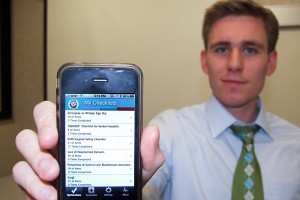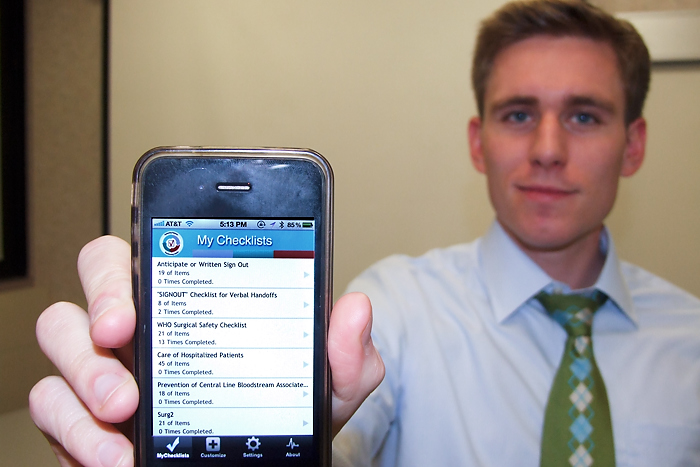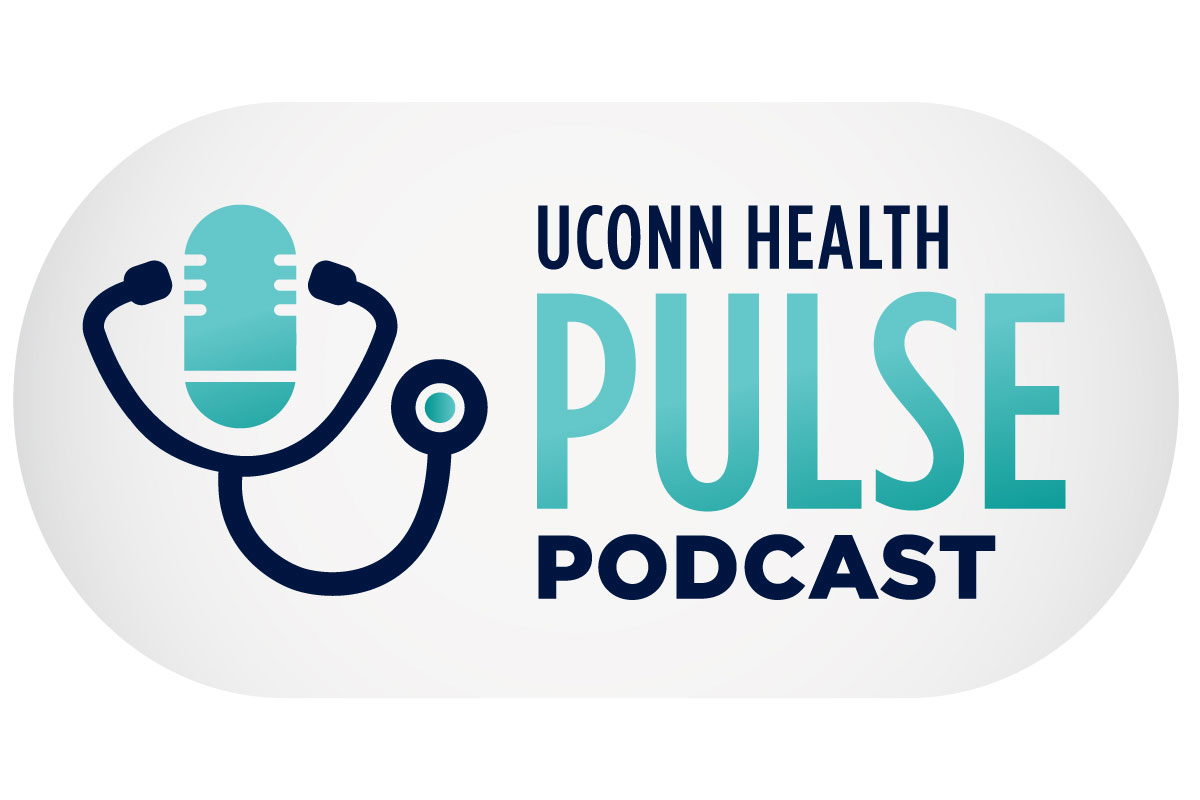Today’s smartphones provide navigation, fetch email, and offer hours of entertainment. Dan Henderson hopes they might also save lives.
Henderson is a fourth-year student at the UConn School of Medicine who took a year off from medical school to serve as the health justice fellow of the American Medical Student Association (AMSA), then took another year to complete the Master of Public Health program at the Harvard School of Public Health.

He also is the creator of “Checksafe,” an iPhone app intended to eliminate rare but avoidable mistakes in the operating room that could lead to death or severe complications.
The idea goes back to his AMSA fellowship, where he led a campaign called “Check a Box, Save a Life” to promote the use of a surgical checklist. The effort was fueled by an article published in the New England Journal of Medicine demonstrating dramatic reductions in complication and death rates following the use of the World Health Organization Surgical Safety Checklist, created by acclaimed surgeon and medical writer Atul Gawande.
“We studied Dr. Gawande’s data and determined that statistically to save one life you have to use the checklist 143 times, which is a lot, but on the other hand it’s not very much to a medical student; on a surgery clerkship lasting six weeks—most are 10 to 12—working six days a week and seeing four cases a day, a single student would see that many cases,” Henderson says. “Every medical student could save a statistical life just by using the checklist. It’s called ‘the number needed to treat.’ And if you want to prevent a serious complication, that number is only 25. Globally there are roughly a quarter billion procedures a year, so the potential to save lives and improve lives is humongous.”
On the heels of the success of “Check a Box,” Henderson wanted to find a way to spread the idea even further.
“We were trying to think of other ways to get this into the hands of medical students,” Henderson says. “Apps and iPhones by that point were pretty big, and that seemed like the perfect platform, because more and more medical students were carrying iPhones and were already using them at the point of care. A lot of my classmates had iPhones and it seemed like an ideal way to get it into people’s hands in a way that would be more engaging than printing out a physical checklist. And so I started to look at how to make this into an app, and also what other things we could do with it as an app.”
The app gives the user a handful of checklists published in major journals, enables users to create customized checklists to suit their needs, and allows the results to be tracked and aggregated.
“There actually already was a checklist app when I thought of this idea, but it was 10 bucks, and I figured a lot of medical students wouldn’t go for that; I wanted there to be a free one,” Henderson says. “With about 25,000 third-year med students in the U.S. who eventually would have smart phones, the potential is incredible.
With the help of a freelance programmer, the app was finished and unveiled at the AMSA convention in March 2010.
“We were passing out flyers that said ‘AMSA best practices… There’s an app for that,’” Henderson says. “People really responded to it. A lot of people downloaded it, and it was even rated four-plus.”
He estimates several thousand downloads to date. The app is being upgraded for the latest iPhone operating system and will be available again in early 2012.
“You’ve got all these people carrying smart phones around in their pockets,” Henderson says. “Especially at the level of clinical rotations, you have great observers who are going to notice things. That data would be powerful if collected.
“Imagine using it to save a life.”
Follow the UConn Health Center on Facebook, Twitter and YouTube.


